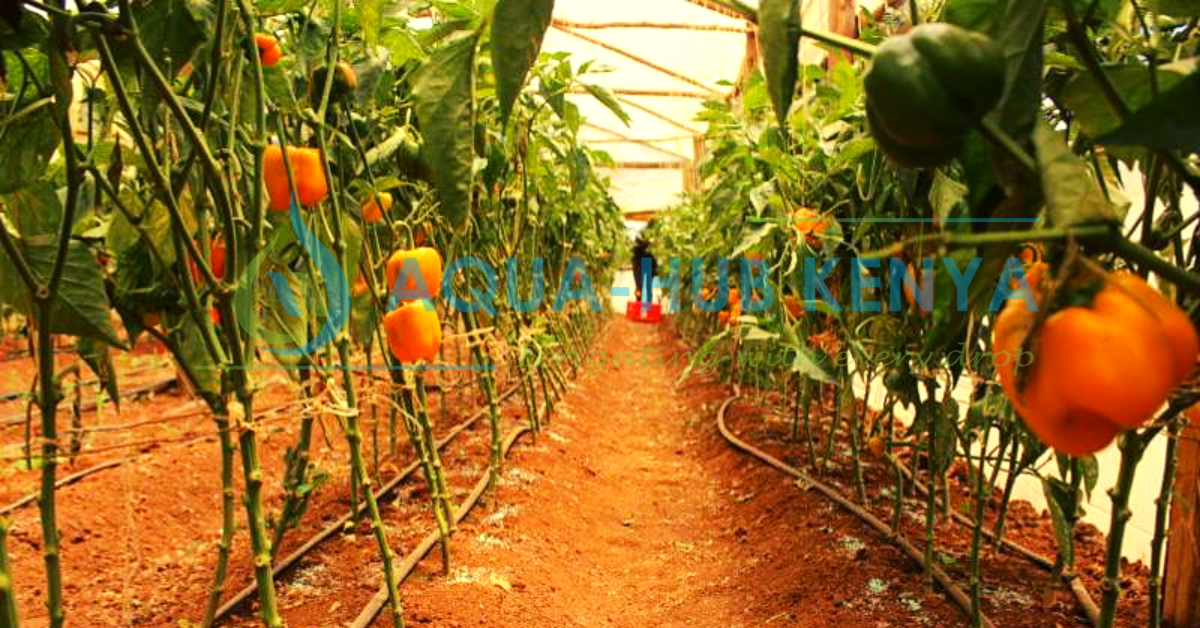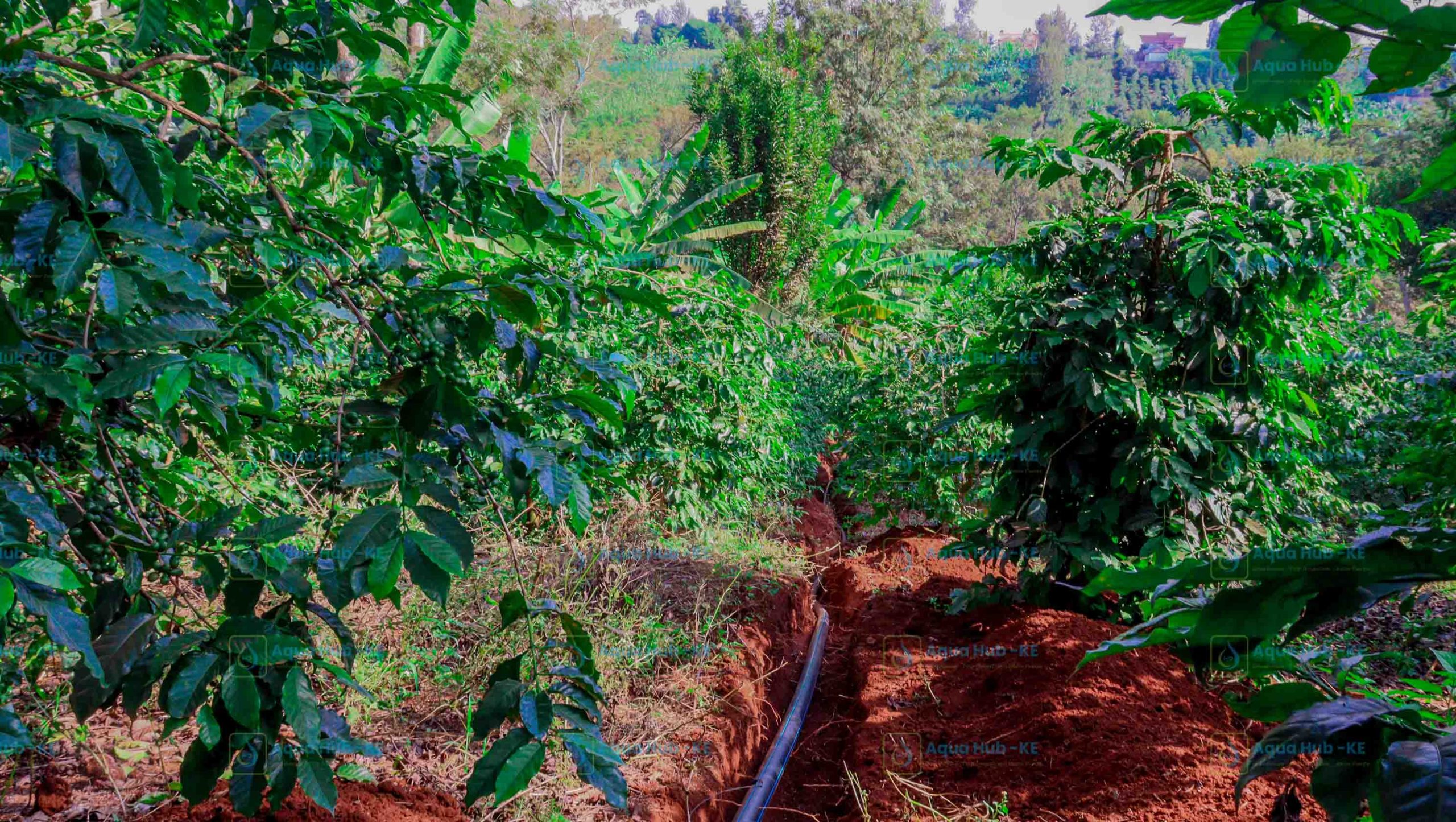Farmers may earn a lot of money with greenhouse Capsicum farming. It is a very successful industry, and there are several methods to get started. Capsicum cultivation is an important sector in Kenya, employing a large number of people. It is also a significant African export market. Capsicum, also known as pilipili hoho in Kenya, is a popular spice in most Kenyan dishes. Others will call it a bell pepper, a sweet pepper, or just pepper. It can be cultivated in a controlled setting because it is a horticulture crop. That is a greenhouse for off-season production and increased output. An 8 m by 30 m capsicum greenhouse may produce up to 8.4 tonnes of capsicum every season.
What are the types of capsicum grown in Kenya?
By nature, all capsicums are green in the early stages of development, however the color changes throughout time according to the variety. The sweeter the capsicums grow as they mature physiologically in the field. The final color of capsicums distinguishes the capsicum kinds cultivated in Kenya. Capsicum fruits can become red, yellow, or remain green over time. Around the world, other capsicum hues include black, cream, brown, orange, and lime.
Green is the predominant color of capsicum cultivated in Kenya. Some green capsicums develop secondary hues including yellow, red, and orange. Among the several capsicum types farmed in Kenya are Admiral F1, Buffalo F1, Maxibel, California Wonder, Green Bell F1, Yolo Wonder, Pasarella F1, Ilanga Wonder, Golden Sun F1, Kori F1, and Minerva F1.
How to grow Capsicum in a greenhouse
The most popular choice is a greenhouse since growers gain superior yields from crops cultivated in a controlled environment. You can choose to farm on the open ground if you don’t have the money to build a greenhouse. They require a warm, moist climate. The ideal temperature range for growth is between 18 and 30 degrees. Maintaining a PH level of 6 will guarantee that it has the best circumstances to flourish in Kenya, thus it is crucial.
Consider the following steps for greenhouse capsicum farming:
- Begin by establishing a seedling nursery.
- Make a seedbed with a width of 1m and a length equal to the number of seeds you wish to sow.
- Sow the seeds thinly and lightly cover them with soil and mulch.
- Pluck some of the plants after they have germinated to generate sturdy seedlings.
- To avoid direct sunlight, cover the seed bed with a shade cloth.
- Water them in the early morning or late at night.
- To harden the plants, reduce the rate of watering a week before transplanting.
- Make raised beds on the farm and irrigate them to make planting easier.
- To boost soil fertility, add manure and DAP to the soil.
- After 6 to 7 weeks, transplant the seedlings to the farm.
- Capsicum plants should be planted around 20 cm apart in rows 40 cm apart to ensure that they have adequate area to breathe and grow effectively.
- Weed on a regular basis to keep crops from competing for nutrients.
- Water them regularly to keep blooms from aborting and withering.
- Apply CAN at a rate of 50 kg per acre two to three weeks after transplanting.
- Apply NPK at a rate of 50 kg per acre after the crop begins to blossom and fruit.
Capsicum Greenhouse Construction
Aqua Hub Kenya has the greatest greenhouses for growing capsicums. The majority of Kenyan farmers are pleased with our constructions, designs, and installation. We have delved into commercial greenhouse development, assisting farmers in meeting market demands.
There are several varieties of greenhouses on the market nowadays. They are available in many sizes and forms, as well as materials and heating procedures. Metal and wood greenhouses are available from Aqua Hub. Our greenhouse rates vary depending on the type of greenhouse, its size, and any other services required. The prices of wooden greenhouses and metallic greenhouses differ.




